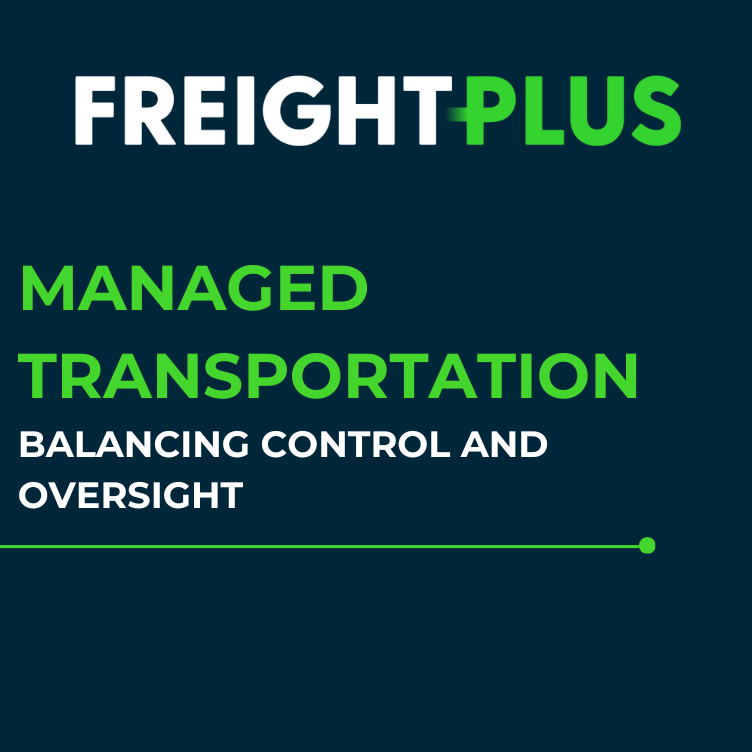In the realm of managed transportation, businesses grapple with the challenge of balancing oversight and efficiency. This blog unveils advanced strategies and collaborative approaches that empower businesses to navigate the complexities of managed transportation, ensuring optimal control and efficiency.
Understanding Managed Transportation
Managed transportation involves outsourcing the planning, execution, and optimization of transportation activities. From freight procurement and carrier management to route optimization and shipment tracking, managed transportation encompasses a wide array of strategic and operational functions.
The Dual Imperatives: Oversight and Efficiency
Balancing oversight and efficiency is paramount in managed transportation. While businesses seek greater visibility and control over their supply chains, they also strive to optimize operations, minimize costs, and enhance service levels. Achieving this delicate balance requires proactive collaboration and strategic alignment.
Key Strategies for Balancing Oversight and Efficiency
- Transparent Communication Channels:
- Foster open and transparent communication channels to ensure alignment of goals, expectations, and performance metrics.
- Establish regular touchpoints, performance reviews, and feedback mechanisms to address concerns and identify opportunities for improvement.
- Advanced Technology Integration:
- Leverage state-of-the-art transportation management systems (TMS), route optimization software, and real-time tracking solutions to enhance visibility, control, and efficiency.
- Embrace data-driven analytics, predictive modeling, and business intelligence tools to gain actionable insights into transportation performance and cost drivers.
- Collaborative Planning and Execution:
- Engage in collaborative transportation planning and execution processes, leveraging expertise, networks, and industry insights.
- Co-develop transportation strategies, contingency plans, and performance benchmarks to mitigate risks and optimize resources.
- Performance Monitoring and KPI Management:
- Define key performance indicators (KPIs) and performance benchmarks to measure and track the effectiveness of managed transportation operations.
- Implement robust performance monitoring, exception management, and root cause analysis processes to identify deviations and drive continuous improvement.
- Continuous Learning and Development:
- Invest in employee training, skills development, and knowledge transfer initiatives to empower your team with the tools and best practices needed to succeed in managed transportation.
- Foster a culture of innovation, collaboration, and adaptability to encourage learning and continuous improvement.
Conclusion
Achieving the delicate balance between oversight and efficiency in managed transportation requires proactive collaboration, strategic alignment, and a commitment to continuous improvement. By embracing transparent communication, advanced technology, collaborative planning, performance monitoring, and talent development, businesses can maximize control, optimize operations, and drive sustainable growth in today’s dynamic marketplace.
Ready to revolutionize your transportation operations?Contact FreightPlus today and explore our managed transportation solutions.
For Shippers
Are you looking to connect with a sales representative?



